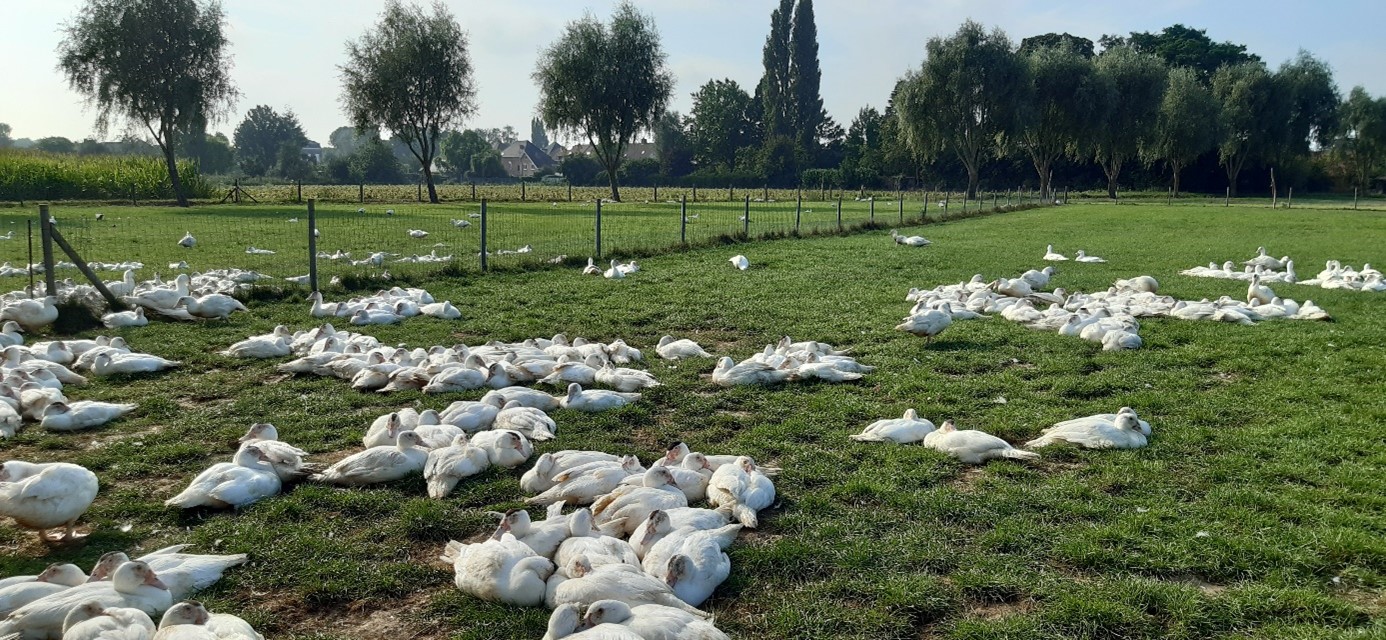Euro Foie Gras adopts common animal welfare indicators

After analysing the different good practices in place in the producing countries, Euro Foie Gras members have developed and adopted 18 common indicators of animal welfare.
Covering the rearing and fattening phases, they are indicators of means that allow farmers to adopt the means required to ensure a high level of animal welfare. They are articulated and aligned with the five freedoms, which are the guiding principles for the work of the World Organisation for Animal Health (WOAH). Widely recognised, these five freedoms describe society’s expectations for the conditions animals should experience when they are under human care.
The 18 indicators also serve to ensure that European farmers are properly implementing EU legislation, and in some cases, they even go beyond. Some of them are adapted during the containment period required by EU legislation in the event of a risk of avian influenza.
These indicators include for example:
- the placing of drinking troughs that meet the needs of fat palmipeds to have permanent access to quality water and to be able to wet their heads at a minimum, being eminently aquatic birds;
- daily monitoring of the animals, carried out by the farmer or by competent staff, and up to twice a day during the fattening phase;
- the installation of natural areas (trees, hedges and bushes) and/or artificial ones (tunnels, buildings) that provide shelter from draughts, excess sun or rain, thus avoiding thermic stress;
- the installation of a dedicated area for the isolation of weakened animals with water and feed available at each production unit;
- Access to open air area during the rearing phase and the setting of maximum animal densities during the fattening phase.
Euro Foie Gras has always worked and will continue to work so that fat palmipeds are reared in optimal conditions by fully ensuring their well-being while meeting requirements related to sanitary aspects and offering satisfactory working conditions to breeders. This ambitious work which ended with the adoption of the 18 indicators shows once again that the foie gras sector has been engaged, since its creation, in a process of progress and constant improvement of breeding practices based on the most recent scientific data.
Learn more about the 18 indicators by reading our position paper and its annex.
